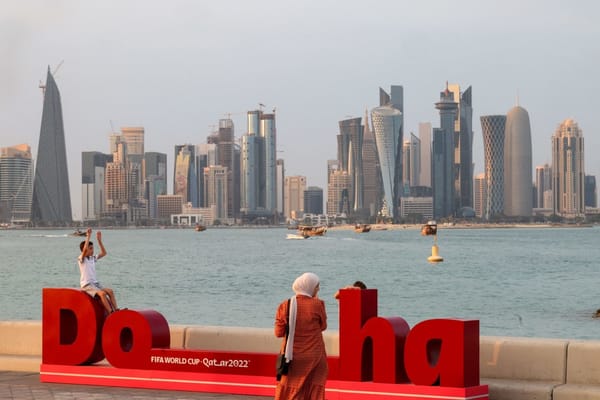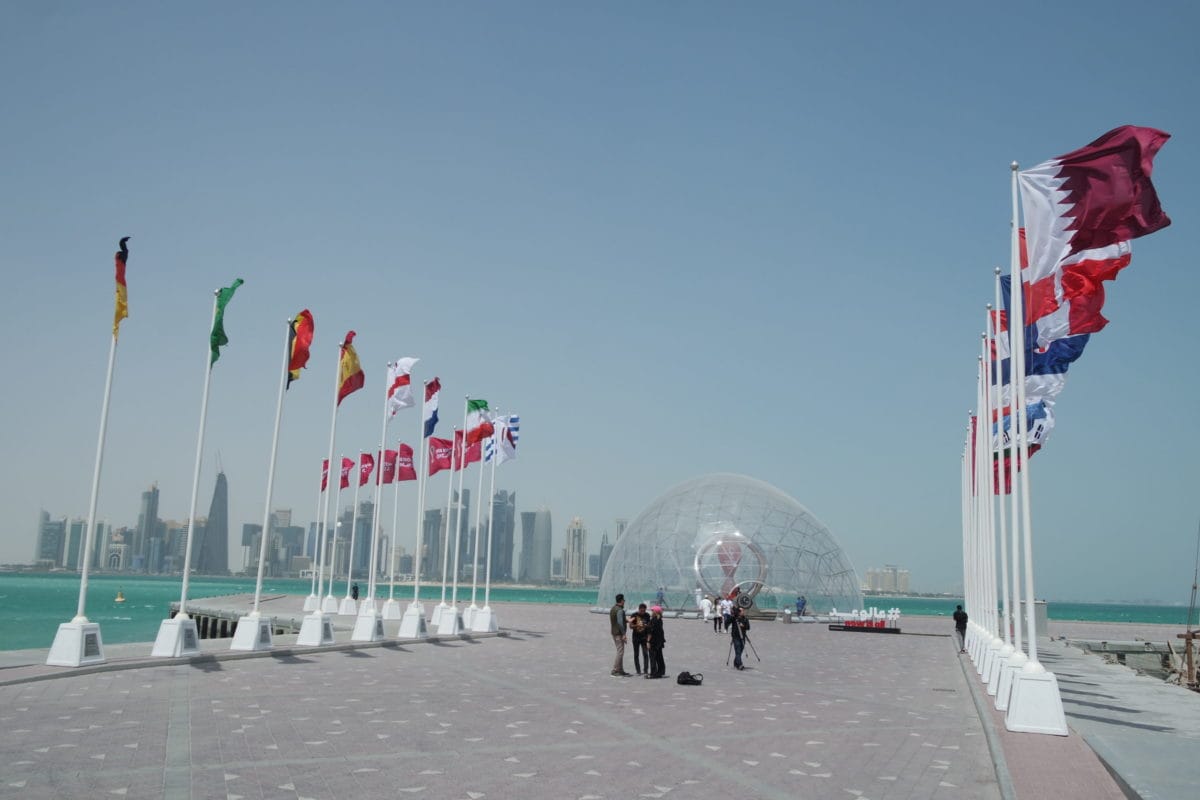Constructing Qatari Citizenship in the Shadow of the World Cup
As fans from around the world travel to Qatar for the 2022 World Cup, this mega sporting event reveals how processes of division and unification are central to Qatari state power. While the World Cup constructs and fortifies a distinctly Qatari nationalism, the tournament has not erased the underlyi












